Eurozone PMI Manufacturing rose to 57.7 in February, up from 54.8, well above expectation of 54.4. That’s also the highest level in 36 months. PMI Services dropped to 44.7, down from 45.4, slightly above expectation of 44.5. PMI Composite rose to 48.1, up from 47.8.
Chris Williamson, Chief Business Economist at IHS Markit said:
“Ongoing COVID-19 lockdown measures dealt a further blow to the eurozone’s service sector in February, adding to the likelihood of GDP falling again in the first quarter. However, the impact was alleviated by a strengthening upturn in manufacturing, hinting at a far milder economic downturn than suffered in the first half of last year. Factory output grew at one of the strongest rates seen over the past three years, thanks to another impressive performance by German producers and signs of strengthening production trends across the rest of the region.
“Vaccine developments have meanwhile helped business confidence to revive, with firms across the eurozone becoming increasingly upbeat about recovery prospects. Assuming vaccine roll-outs can boost service sector growth alongside a sustained strong manufacturing sector, the second half of the year should see a robust recovery take hold.
“One concern is the further intensification of supply shortages, which have pushed raw material prices higher. Supply delays have risen to near-record levels, leading to near-decade high producer input cost inflation. At the moment, weak consumer demand – notably for services – is limiting overall price pressures, but it seems likely that inflation will pick up in coming months.”
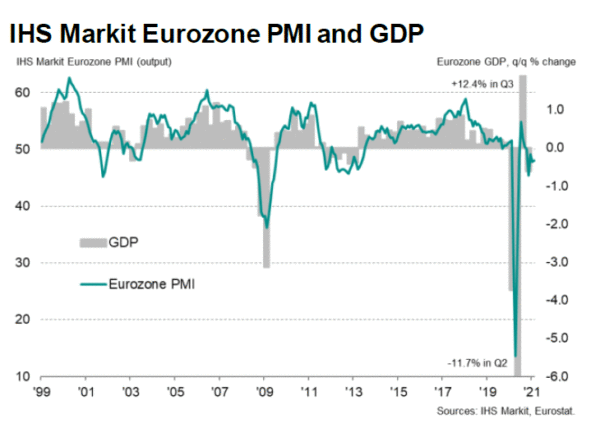
Full release here.




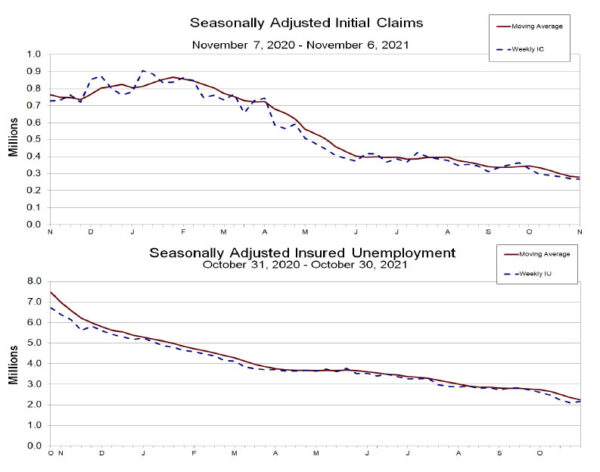
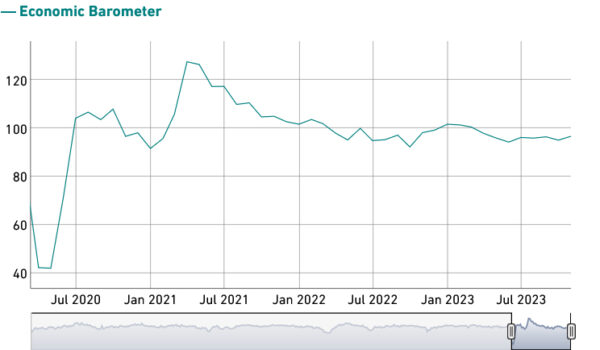
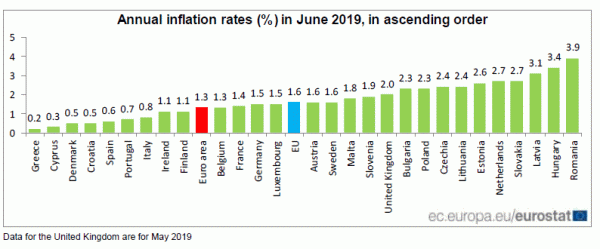
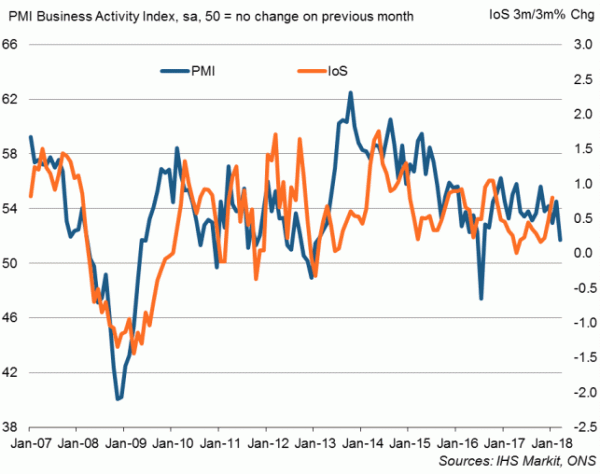
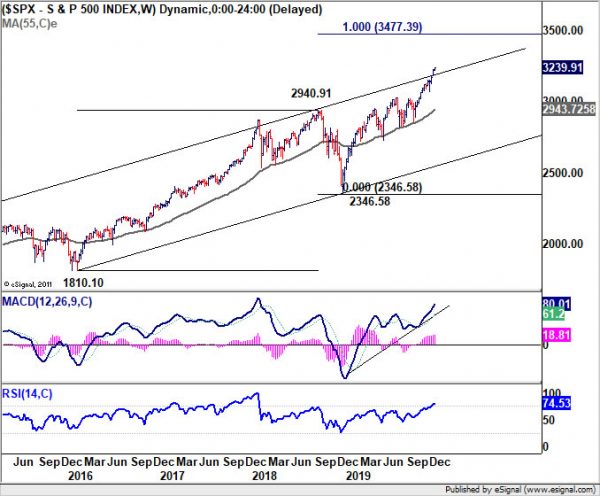
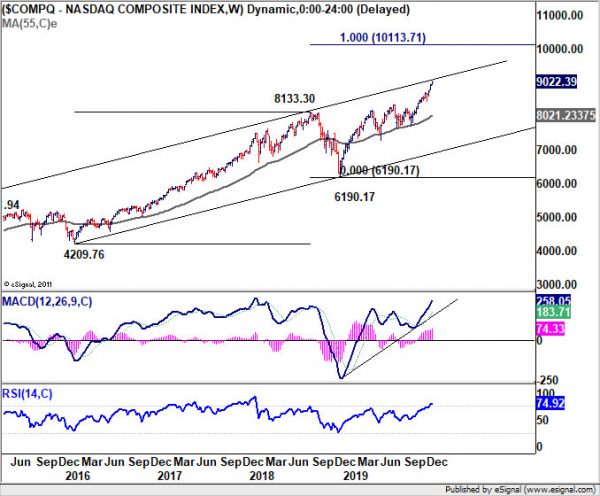

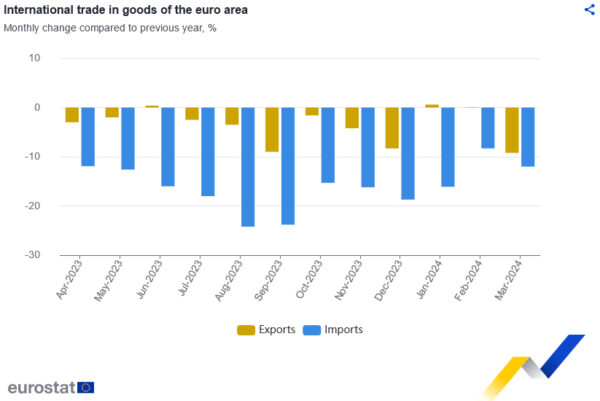


Swiss KOF dropped to 100.3, growth to hover around 10 year average
Swiss KOF Economic Barometer dropped 1.4 pts to 100.3 in August, below expectation of 101.2. KOF noted that it “pints to a level that is only marginally above its long-term average.” And, “in the near future Swiss growth should hover around its average over the last ten years.”
Also, it’s noted that “the strongest contributions to this negative result come from manufacturing, followed by the indicators from the exporting sector.” On the other hand, “the indicators related to private consumption give a positive signal. “. Financial and construction sectors were practically unchanged.
Full release here.